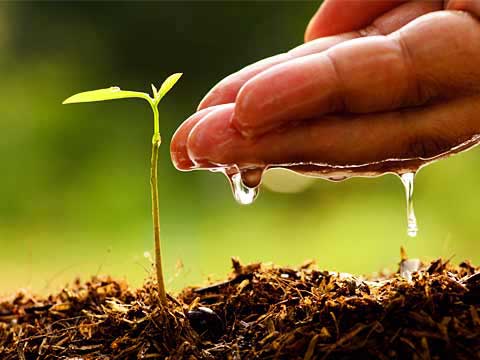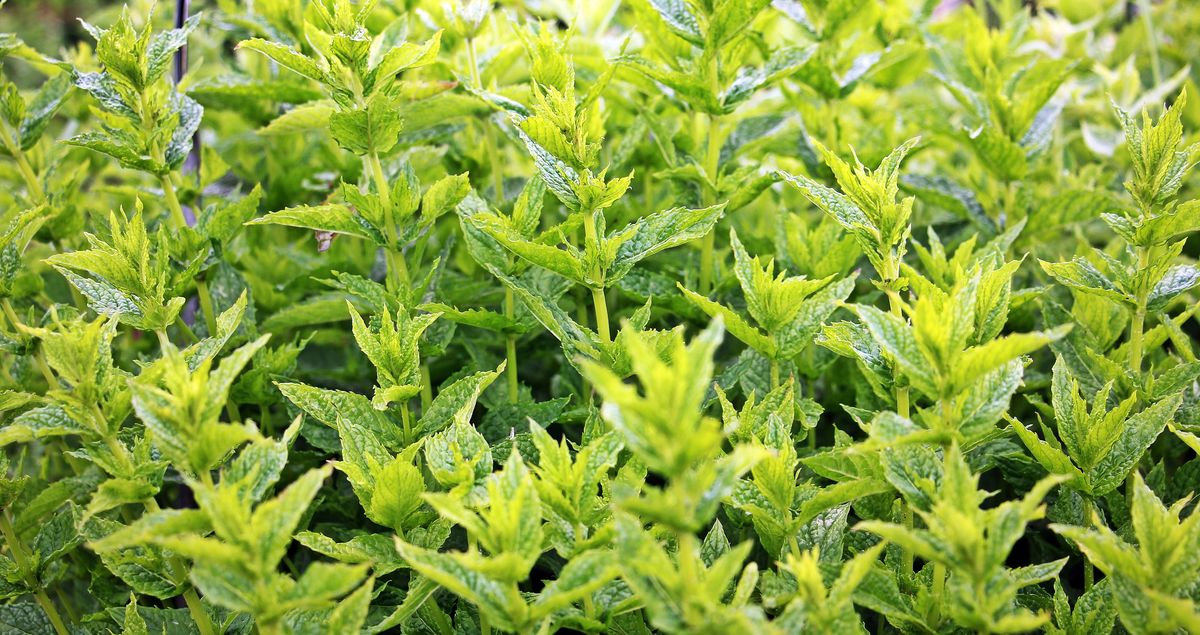Gardening is evolving with the times. People have graduated from growing plants in the ground to growing their smaller versions in the pots. Pots have eliminated the need to have a big space to be surrounded with greenery. Now, hydroponics takes gardening to the next level. Gardeners don’t even need soil to grow their favourite plants. That’s right! Hydroponics is all about gardening with water and providing all the necessary nutrients to the plants directly.
What Does Hydroponics Mean?
In the literal sense of the word, ‘hydro’ means water, while ‘ponos’ means toil or work. So, hydroponics means water work. And, it is just that. Hydroponics uses water mixed with nutrients to help the plant grow.
How Does A Hydroponic System Work?
A basic hydroponic system should have the following characteristics:

Plants are grown without soil in a water solution
Soil is replaced in a medium like coconut coir, perlite, vermiculite, or other suitable solution. The absence of the soil comes with its own benefits. First of all, the space required to grow a plant is much smaller than what is required to grow the plant in soil. This allows gardeners to get the maximum use out of the available space. They can grow more in essentially the same area.
Secondly, hydroponic levels are playing field for all types of gardeners. There are many places that experience frost or dry seasons for the most part of the year. This makes it impossible for the gardeners to grow certain plants or to grow anything at all in soil and greenhouses. Hydroponics solves this issue. With the right water solution as the medium of growth, gardeners do not have to worry about the type of soil or how the climate is affecting its quality. With the right solution, they can grow any plant they want.
Thirdly, the lack of soil comes with another added advantage. Gardeners do not have to deal with any kind of soil insects. This eliminates the need for pesticides. So, hydroponics actually encourages gardeners to pursue 100% organic-style farming, without compromising on the yield or its quality.
Customized Conditions
Hydroponics essentially provides the nutrients, oxygen and the water needed for the plant growth directly to the roots with water as a medium. Rectangular pots like the 8litre pot offer the plants excellent sunlight and space to grow. They provide plenty of ventilation, which helps in proper growth.
The solution supporting the plants is created keeping in mind the specific needs of the plant. Cutting out the middle man allows the plant to absorb more nutrients and hence, show better growth. Evidently, better nourished plants lead to a higher yield as well.
Constant Monitoring
As the plants are grown in a solution and not in the ground, it is critical for gardeners to constantly monitor the plant growth. They have to determine that the nutrient solution on which the plant is growing is just right. It has to be rich in all the nutrients that the plant requires at all times. Also, the grower must keep their eyes open for any kind of infections lurking in the water. The water should be checked for bacterial infections and changed frequently to prevent them. So, hydroponics requires the gardener to be a little more vigilant. It is a more intricate form of gardening and the plants have to be constantly monitored to maintain the ideal growth conditions.
Support Structures (Optional)
Plants that have a heavier body may need support structures to keep them from breaking away easily under their own weight or due to the wind. Support structures help the plant to grow to their maximum potential while ensuring that all the parts of a growing plant get the necessary sunlight.
An accessory like a multi-function hose clips can be useful in such a situation. It can help support the trellis wires keeping the plant in the right position. It can also be used to hold hose pipes and many other jobs.
Different Hydroponic Systems
There are different types of hydroponic systems which the gardeners can use to develop their own hydroponic garden. Here is a quick overview on each of them.
Deepwater Culture
This is the simplest hydroponic system available. In this system, the nutrient solution is covered and it is oxygenated using an air pump.
Nutrient Film Technique
This system is built a little tilted, so that the nutrient solution can flow over the plant roots, and hence the name – nutrient film. Roots are able to breathe more since the solution only touches their tips.
Wicking
For low cost hydroponics, use wicking. A wick is created out of an absorbent material like cotton. It is placed in the nutrient solution and the wick then carries the nutrients to the plant roots.
Ebb & Flow
This is one of the most popular hydroponic systems out there. It requires the growing area to be flooded periodically with the nutrient solution, which is then drained back into the reservoir.
Drip System
The name is quite self-explanatory. In this hydroponic system, a drip is used to send the nutrient solution to the roots in the hydroponic medium. This process is then sustained using clips such as the Multifunction clips which not only supports the fertigation process but also the microbial activity in organic production and helps reduce costs.

Final Thoughts
Hydroponics is about minimizing input and maximizing output. A hydroponic system works by striking an equilibrium between the various components that come together to yield fruit. When done right, even simple hydroponic systems can result in exceptional yield for gardeners.








Leave A Comment
You must be logged in to post a comment.